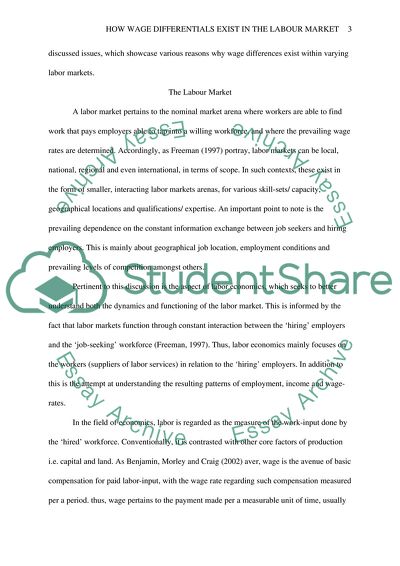Cite this document
(How Wage Differentials Exist In Labour Market Essay, n.d.)
How Wage Differentials Exist In Labour Market Essay. https://studentshare.org/macro-microeconomics/1851494-how-wage-differentials-exist-in-labour-market
How Wage Differentials Exist In Labour Market Essay. https://studentshare.org/macro-microeconomics/1851494-how-wage-differentials-exist-in-labour-market
(How Wage Differentials Exist In Labour Market Essay)
How Wage Differentials Exist In Labour Market Essay. https://studentshare.org/macro-microeconomics/1851494-how-wage-differentials-exist-in-labour-market.
How Wage Differentials Exist In Labour Market Essay. https://studentshare.org/macro-microeconomics/1851494-how-wage-differentials-exist-in-labour-market.
“How Wage Differentials Exist In Labour Market Essay”. https://studentshare.org/macro-microeconomics/1851494-how-wage-differentials-exist-in-labour-market.


